Growing potatoes is easy, however, for the best yield and largest potatoes, you need proper spacing. Plant potatoes to allow room for mulching, weeding, and applying new soil and compostAn organic matter made from decomposed plant materials. Compost is often made from decomposing shredded leaves, hay, fruits, and other plant materials at a ratio of 25 part dry brown materials to 1 part fresh green materials.. Walking space keeps you, the gardener, from overly compacting the soil. It also gives extra room to dig out the new potatoes without damage when it’s time to harvest.
Let’s “dig deeper” into how to properly space your potatoes for maximum yield. First, there are a few things to consider before spacing your potato plants.
How Potato Plants Grow
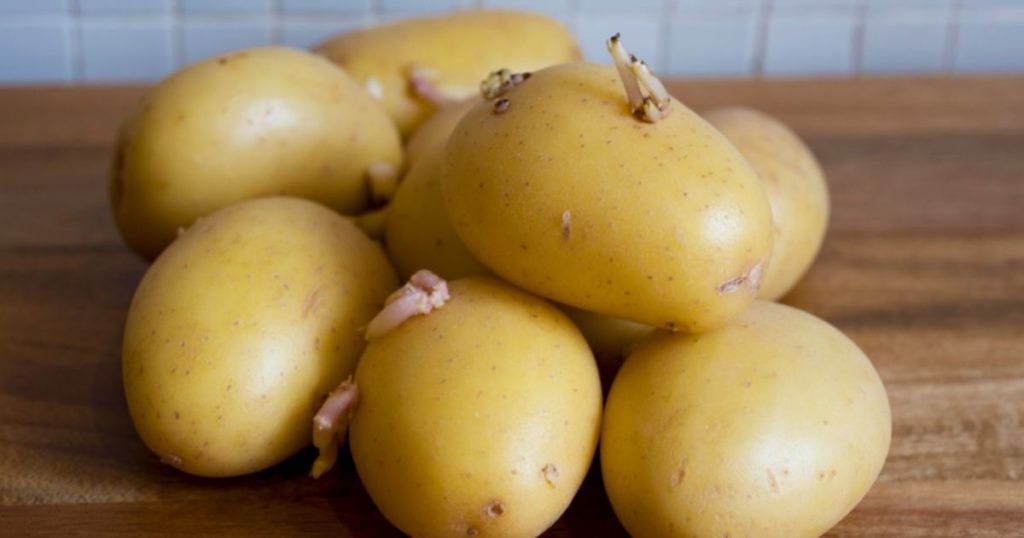
Potatoes are tubers and not root vegetables, as many people think. The plants have underground stems (stolons) that are starchy and thick. Where the roots dig deep into the ground, the tubers of potato develop near the surface of the soil. When the leaves and stems wither and die, you can harvest the tubers, using some of them for food and others for the next crop’s seeds.
Before a potato can reproduce, it sprouts “eyes” in several locations. You have probably noticed this on your grocery-store potatoes if you leave them in storage (a cool, dark place) for a couple of weeks. When you place a piece of a sprouted potato in soil, the eyes become the leafy, above-ground stems of a new plant.
Tubers Size Considerations
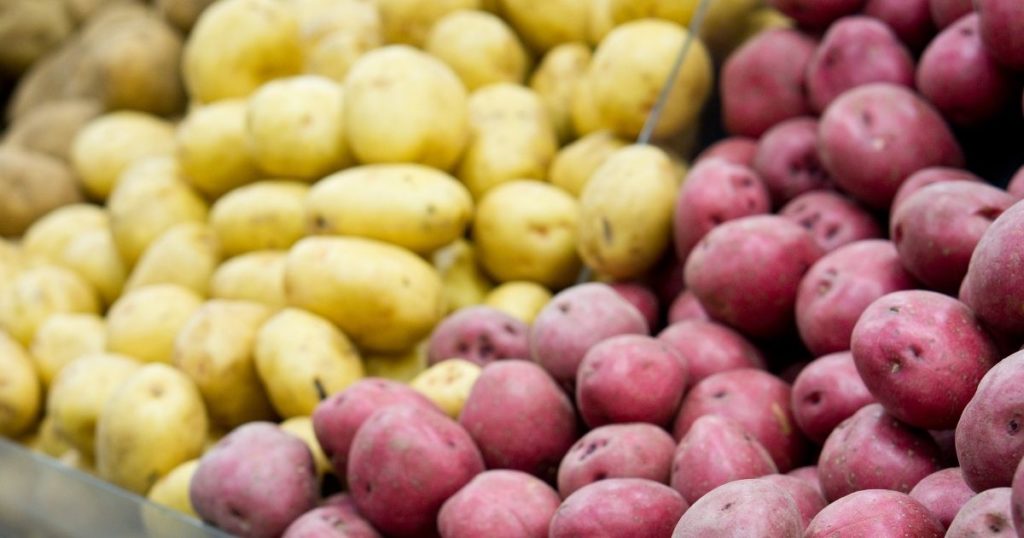
The next time you are in the grocery store, notice the different sizes of potato varieties. Those classified as baking potatoes are some of the largest you’ll find. As you compare the dimensions, you’ll understand why a Russet potato plant will need more growing space than their smaller cousins, such as Yukon Golds or the round red-skinned varieties. Fingerlings are smaller, yet. What about the tiny “new” potatoes? Those are potatoes harvested before they have reached their full size. You won’t need as much space if you plan to dig them up before maturity.
With those things in mind, you are ready to plant your potato plants.
Proper Spacing to Plant Potatoes for Every Garden Type
Backyard Garden
In a backyard garden, potatoes can take up a lot of the space you might want for your tomatoes, cucumbers, or other crops. Mapping out the area before planting helps you set priorities and allow proper spacing for everything you want to grow.
For only a few potato plants in your garden, plan on one square foot each. For a dozen or more, you can plant them in a couple of rows that are 2-3 feet apart (walking space), making sure that there are at least 12 inches between plants.
Square-Foot Garden
If you have a square-foot style garden, choose one of the varieties of potatoes that will grow to maturity in a smaller space. Fingerlings will do well as will a medium-sized potato that you plan to harvest when it’s not fully mature and smaller. Remember that in limited space, you will also end up with fewer potatoes at harvest time.
Container Garden
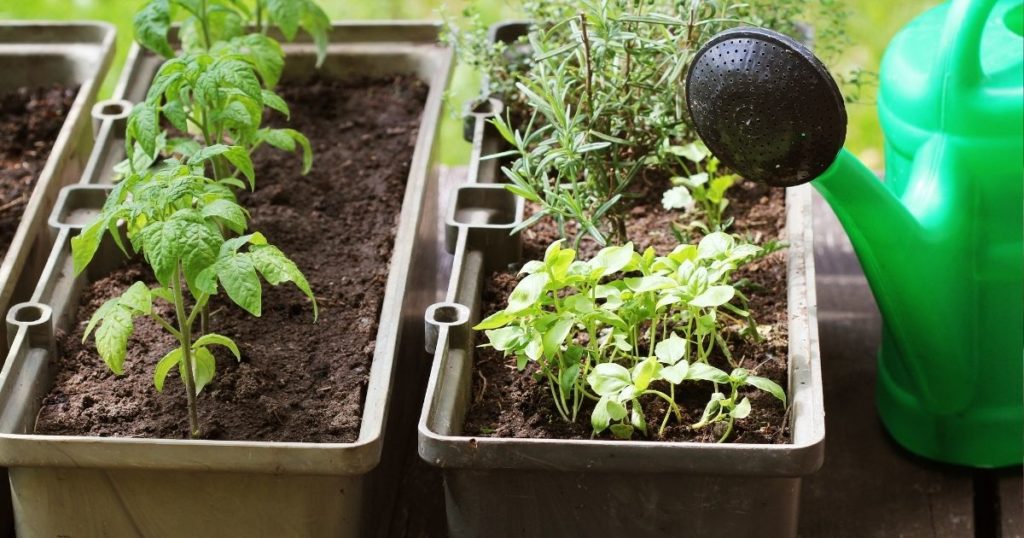
Growing potatoes and other vegetables are possible even without a garden. A 5-gallon bucket (drill a few drainage holes) or a large fabric grow bag work well. Begin with about 6 inches of soil in the bottom of the container. Add your seed potatoes (2 or 3) and top with a few more inches of soil. As your plants grow, keep adding a few more inches of soil until your container is full. Pay attention to the moisture in your soil. Don’t let it completely dry out.
You can harvest your homegrown potatoes after the plants flower or wait until the plants die.
On a Farm
With lots of room for rows of plants, a farm can produce hundreds of pounds of potatoes or more each year. The process is like that in a backyard garden but on a much larger scale.
A farmer digs many trenches, each about 8 inches deep. The trenches will be about three feet apart to provide walking space. The seed potatoes are placed about 12 inches apart, depending on the varietyPlant varieties make up a species. Varieties are plants in a species that have unique characteristics from other plants in that species. For example, watermelons have varieties that are seedless., and covered with several inches of soil. As the plants grow, more soil is heaped around the plants creating a small hill. The process is called hilling. Under the farmer’s watchful eyeThe marked center of a flower. Also refers to spots on potatoes and other tubers that a new plant can grow from., the tubers are continually covered with soil to prevent exposure to the sun.
Minimize Sun Exposure
Have you ever found a green potato in your grocery bag? Since potato tubers grow close to the surface of the soil, they sometimes poke through and become exposed to the sun. Sunlight creates a green spot on the tuber from the production of chlorophyll and solanine. Although solanine is toxic when eaten, causing nausea and diarrhea, you can cut off a small spot to remove the solanine before cooking. If the potato has more than a little green area, throw it out to be on the safe side.
In the garden, watch for tubers that become exposed. Cover them with more soil. In the kitchen, all potatoes should be stored in a cool, dark place to keep them from turning green.
Cooking Your Potatoes
Now you know that there are many types of potatoes and they come in different sizes. The varieties you choose for your garden not only depend on the space available but on the way you like to eat your potatoes.
For baking potatoes or fries, pick out the Russets. Make the best mashed potatoes with yellow potatoes, such as Yukon Golds. If you don’t like to peel, cook fingerlings or new potatoes. They can be boiled, roasted, grilled, or even mashed with the skins. Any way you make them, potatoes are tasty and nutritious for breakfast, lunch, or dinner.
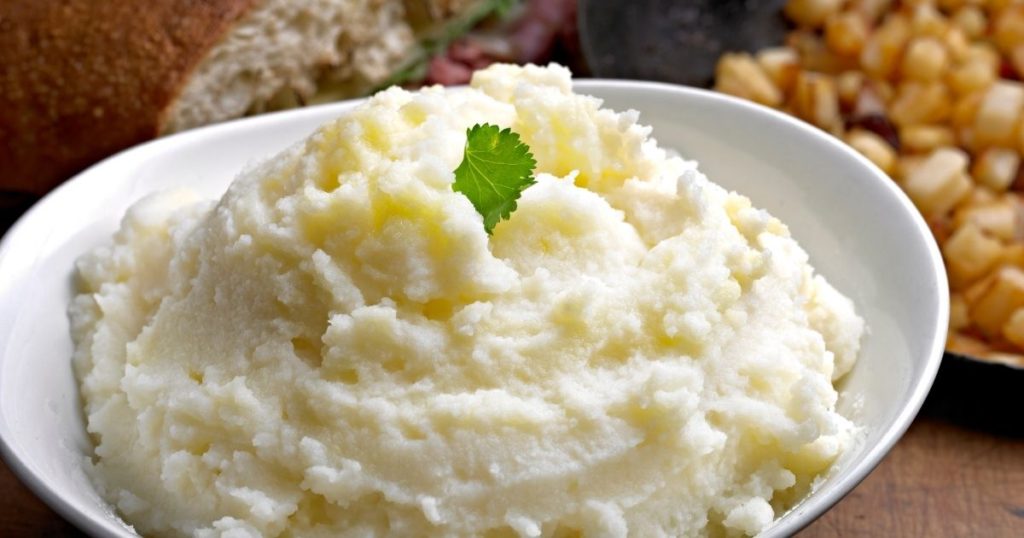
Conclusion
Planning will help you get a good yield from your potato cropCrops are plants cultivated by humans for specific purposes. Crops can be made for food, medicine, flower, etc. Examples of crops are wheat, tomato, cabbage, etc.. Follow the guidelines for your type of garden and the varieties of potatoes you chose. The more space you have, the more potatoes you will harvest at the end of the season, but even without a farm or a backyard garden, you can grow potatoes in containers. And when it’s time to harvest, here’s hoping that you will be pleasantly surprised at the number of potatoes you find hiding in the soil.
Where will you grow potatoes this year? What are your favorite varieties? Share your experiences in the comments below.



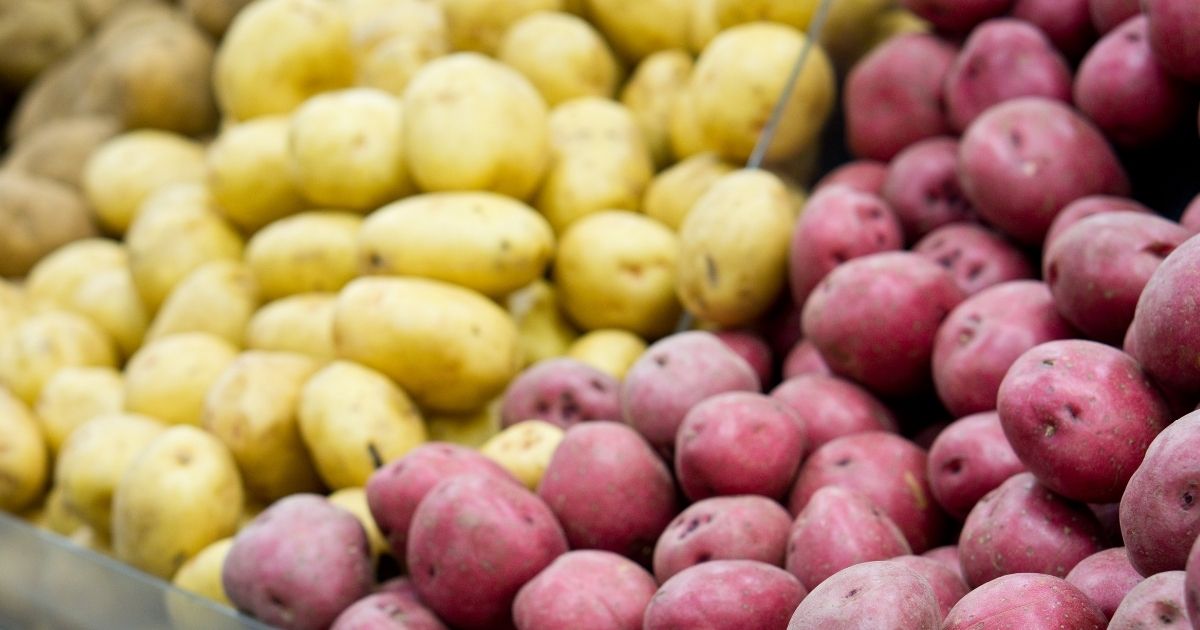
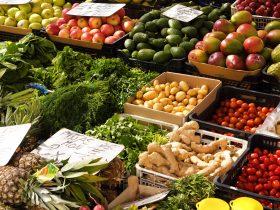

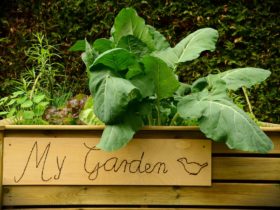
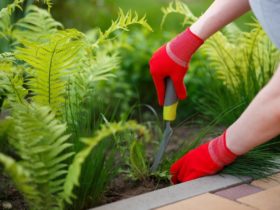

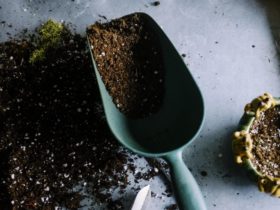

Leave a Reply